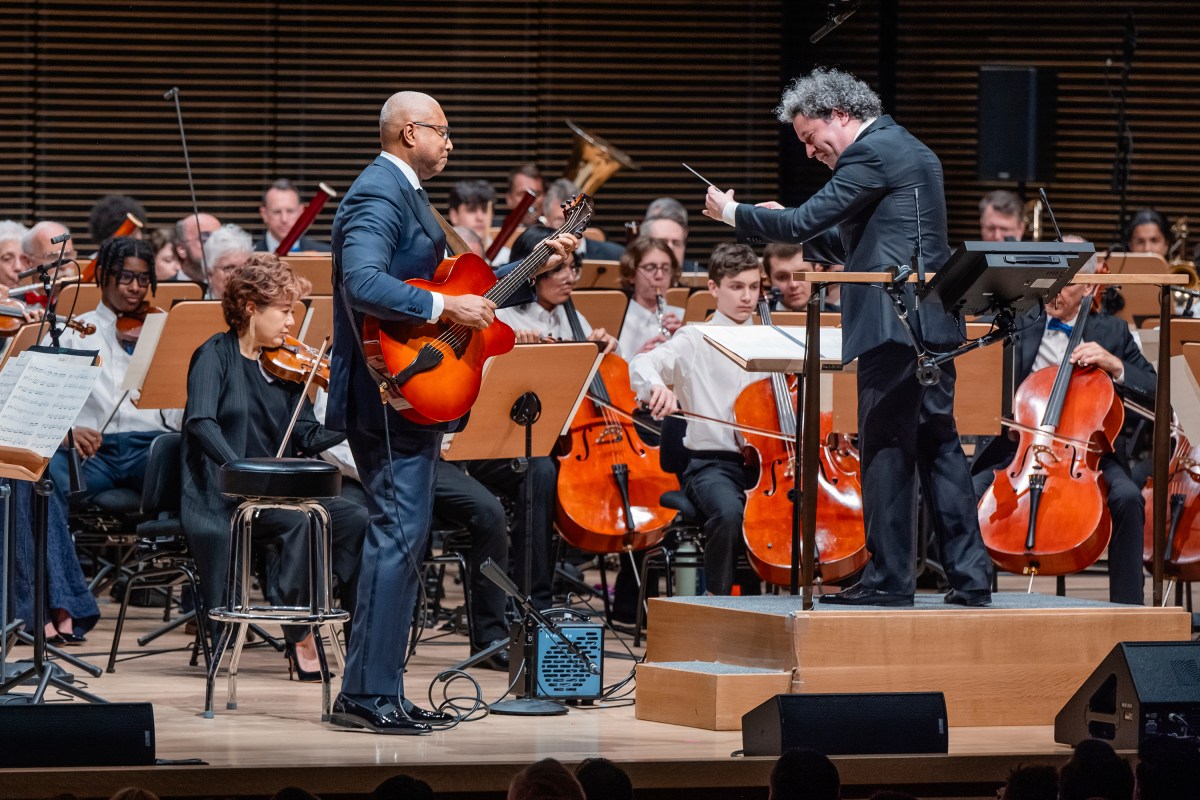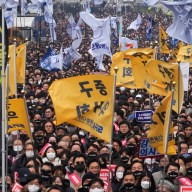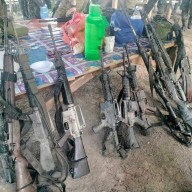Canadian flags, flowers and ribboned wreaths festoon the burial plots lining the narrow roads at Thornton Cemetery, Crematorium and Mausoleum in Oshawa, Ont.
The decorations that serve as homage to the dead are a fitting prologue to the tiny, neatly maintained chapel attached to the cemetery’s head office. But esthetic turns from day to night when one walks through the chapel’s back doors to the industrial-looking crematorium where Adam Rowe works.
Rowe, 37, is the crematorium operator for the burial ground, one of 10 operated by the Mount Pleasant Group of Cemeteries. Although his workspace appears to be a far cry from the pleasantries adorning the rest of the grounds, Rowe’s meticulousness and respect for his work are evident.
“I’ve been in the same position as every person I’ve ever dealt with,” he says. “I know how they feel and I know how hard it is. I try to make it as easy as I can for them.”
When bodies arrive from the hospital or funeral home, Rowe begins a detailed identification process including marking legal forms, the casket and the bag the body’s remains will be kept in to guarantee remains are those of the individual he reports them to be.
“I think a lot of people have misconceptions about the way crematoriums are,” he says. “It doesn’t matter if the body’s there or if it’s cremated remains. There’s some way to identify who it was. That’s the one thing I like to impress upon people.”
After identification, Rowe wheels the casket into a 4.5 C chilled holding room. When it’s ready to be cremated, he brings it to one of two brick-lined cremation chambers, called retorts, inside which incineration and vaporization occurs. On a retort’s front, a doorknob-sized window shoots out orange light when in action.
“Everything’s glowing red hot. If you stuck anything to those bricks, it would be on fire in seconds,” he says.
At roughly 540 C, the burners within set alight the casket, propelling ignition of its contents. After about two-and-a-half hours, only bones and non-combustible items like artificial body parts or casket screws remain.
Rowe uses a long rake and broom to collect the remnants, and brings them to the cremulator. “This is basically an industrial blender that takes the bone fragments down to what people refer to as ashes,” he says. “They’re not actually ashes. They’re just fragments of bone that are of indescribable size.”
From there, it’s to the urn or wherever the family wants the remains, ending the four-hour cremation process.
Looking at the desktop computer image of his newborn baby boy, Rowe admits cremating children and witnessing grieving families can be depressing. But he doesn’t allow personal experiences, including losing much of his own family in a short period, to influence his work.
“I have to be comfortable doing what I’m doing.”
















